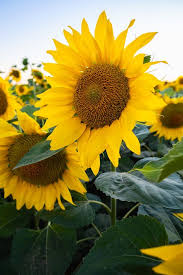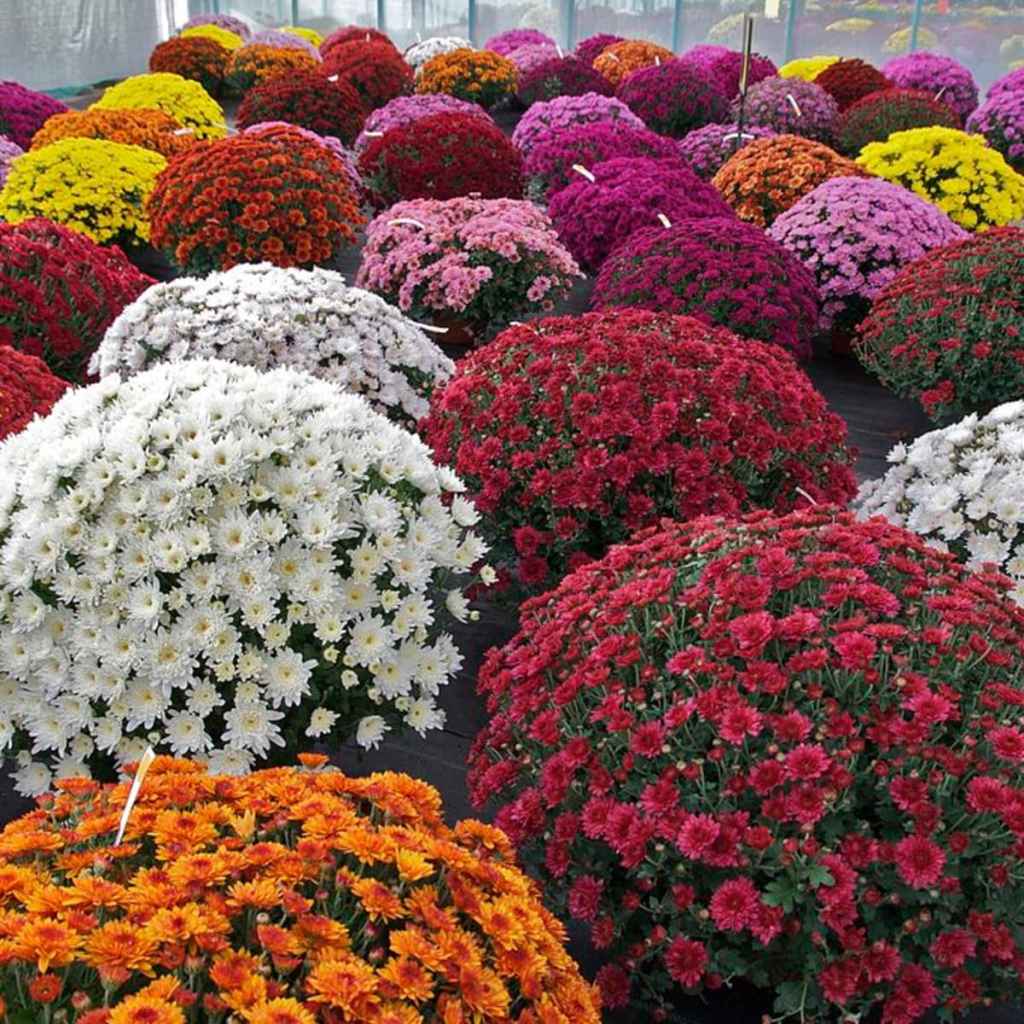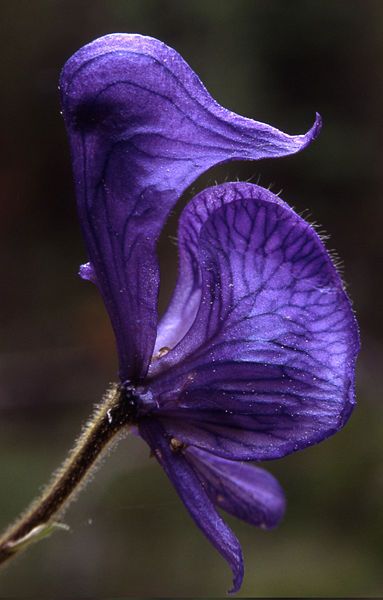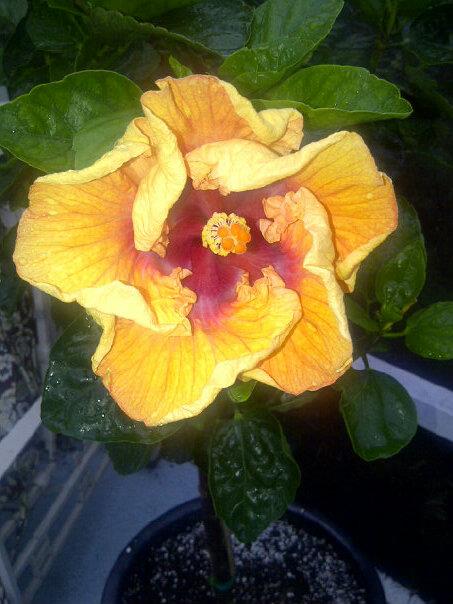The mad rush to get the gardens planted has come to an end. And now it’s time to sit back put my feet up and enjoy our hard work.
Oh there will be tweaks here and there as a few flowers struggle. Sometimes it’s a little bit too much water to start out, or a windy day might dry the foliage. It might even be a pesty rabbit. There’s always something to do in the garden, and it might seem like the work is done, but there’s always an odd plant or two to replace.

As I look back my my planting season, it’s obvious the selection wasn’t what it used to be. I was still able to create beautiful gardens, but they were created with basics. There were few unusual flowers to be found in the garden centers this year. So we’ll call this year one of old-fashioned plantings.
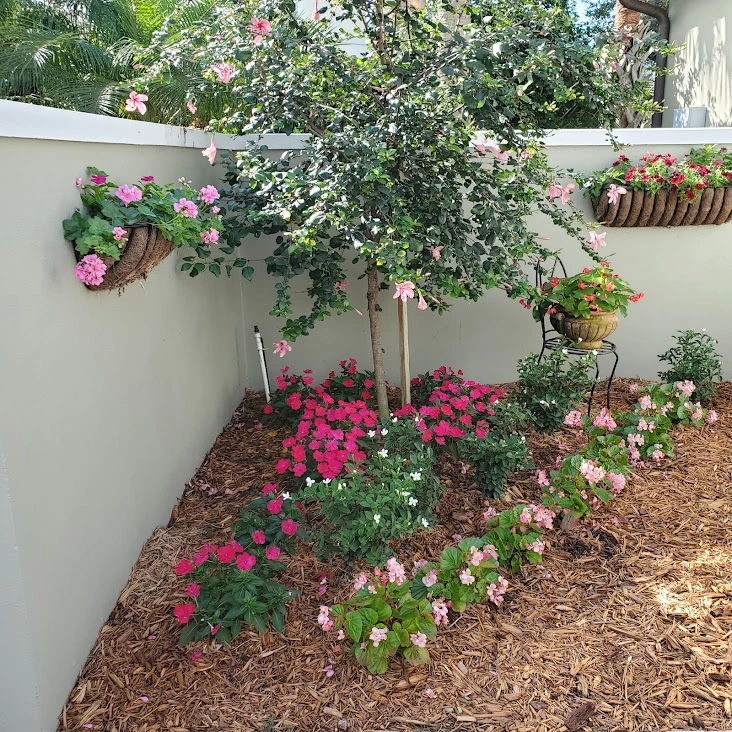
There were plenty of Begonias, Geraniums, Petunias, and Pentas. Scattered in for Heights and texture; Salvias, Diamond Frost, and Canna Lilies. Alyssum, Lobelia, Dahlberg Daisy and Blue Daze cascaded over the sides of the pots.
Due to the supply chain, decorative pots were also in short supply, or arrived too late. I found the challenge brought out some creative designs. I used more containers that were similar instead of matching and had to mix and match from several sources. Yet the garden still turned out beautifully.

The weather is beautiful for Christmas this year,, so I’ll be able to take my book and settle myself in the garden where I can watch the birds and squirrels enjoying their peanuts. Yes, the gardens are simple this year, but still beautiful, thanks ti the beautiful flowers that God has created.
I wish you and your family a blessed Christmas. And no matter where you are enjoy the beautiful nature around you, whether it’s flowers or snow.

